A strong contender for the most exciting, daring and groundbreaking cinema release of the year is this painstaking digital restoration of a film that was made nearly 90 years ago. Abel Gance’s remarkable five-and-a-half-hour account of the rise of Napoleon Bonaparte was all but lost, the nitrate film degraded and recycled. But thanks to a 50-year project headed by film historian Kevin Brownlow, whose lifelong fascination with the picture was triggered when he saw a couple of reels of it as a schoolboy, Napoleon has been restored to its original state.
The result is, quite simply, staggering. From the opening sequence, a deftly edited extended snowball fight in which the young Napoleon displays his strategising skills, to the breathtaking triptych battle of the final act, there is barely a frame of this silent masterpiece in which Gance is not rewriting the rules of cinema as they stood. As such, this is film-making that, in some ways, feels extraordinarily modern. Gance uses breathless editing and a restless moving camera to convey the surging thrill of action. He tracks alongside a galloping horse. He uses tinting and superimposed images to underscore symbolism: Napoleon, with his raptor’s eye and knife-edge profile, is repeatedly compared to an eagle. Gance floats his camera on water, even underwater at one point. His strikingly dense and complex mise en scène is complemented by a superb orchestral score by Carl Davis, which was recorded for the restoration at his own expense.
But nothing compares with the heart-in-the-mouth audacity of the moment when the boxy academy ratio in which most of the film is shown widens out to encompass the three camera triptych that captures the climactic final act. This magnificent piece of cinema history should be seen on the biggest screen possible.
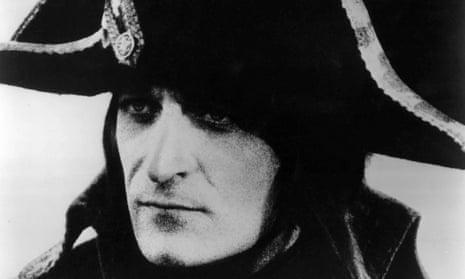
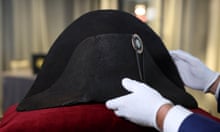

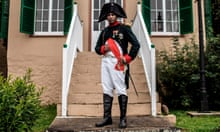

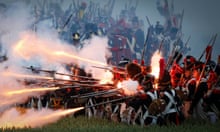
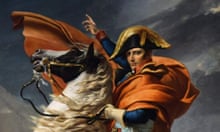
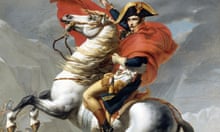


Comments (…)
Sign in or create your Guardian account to join the discussion